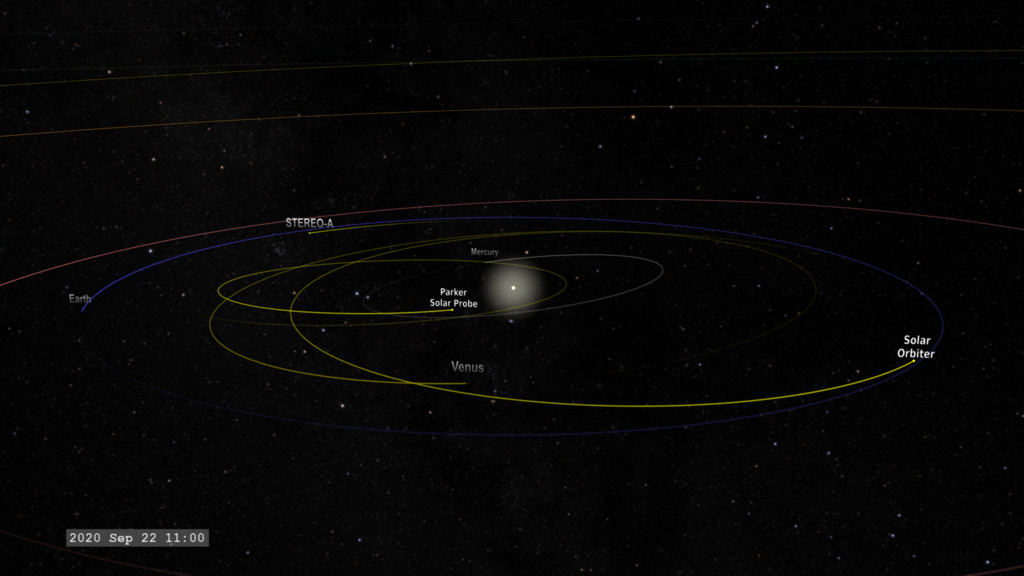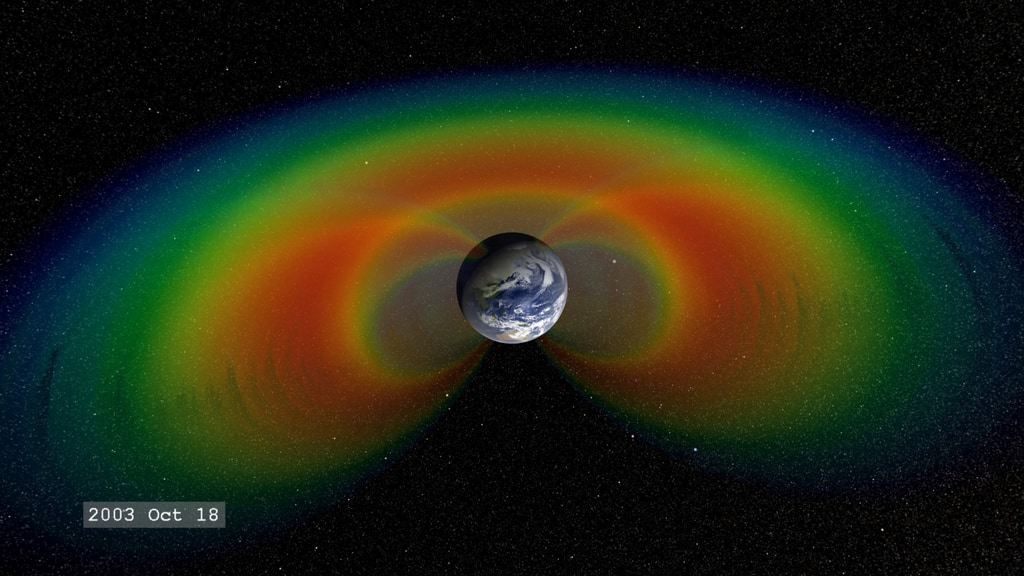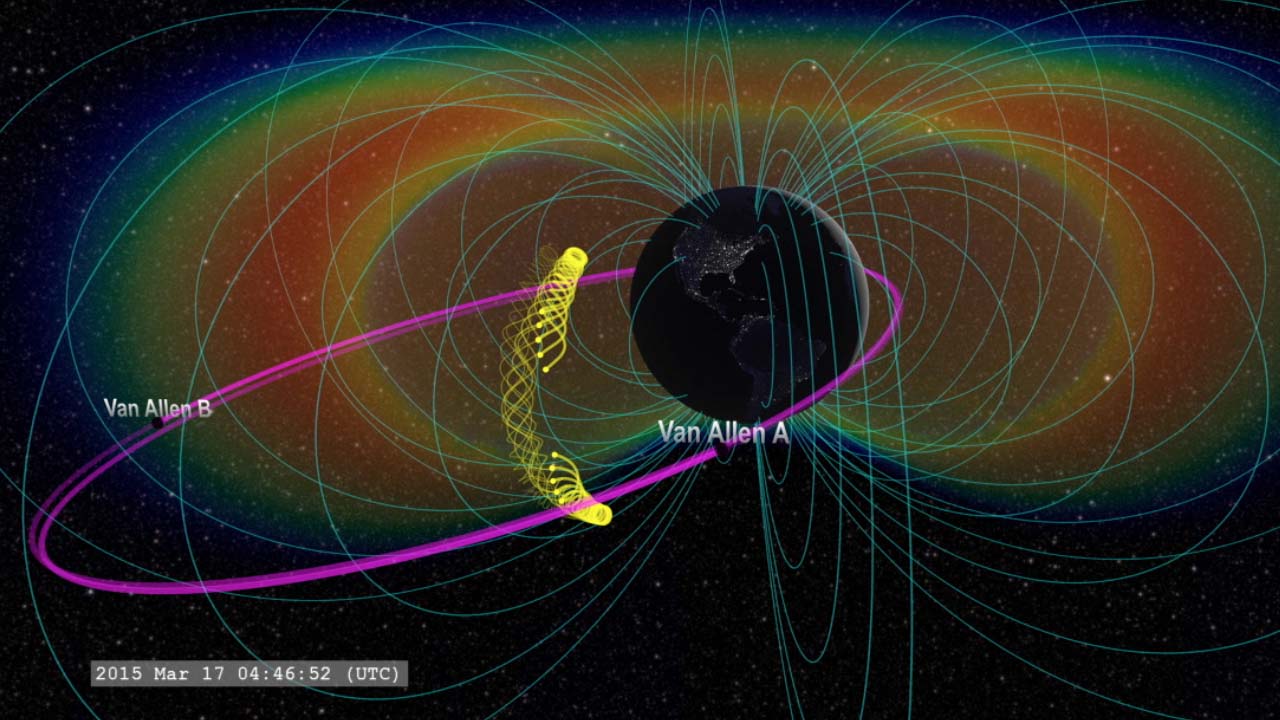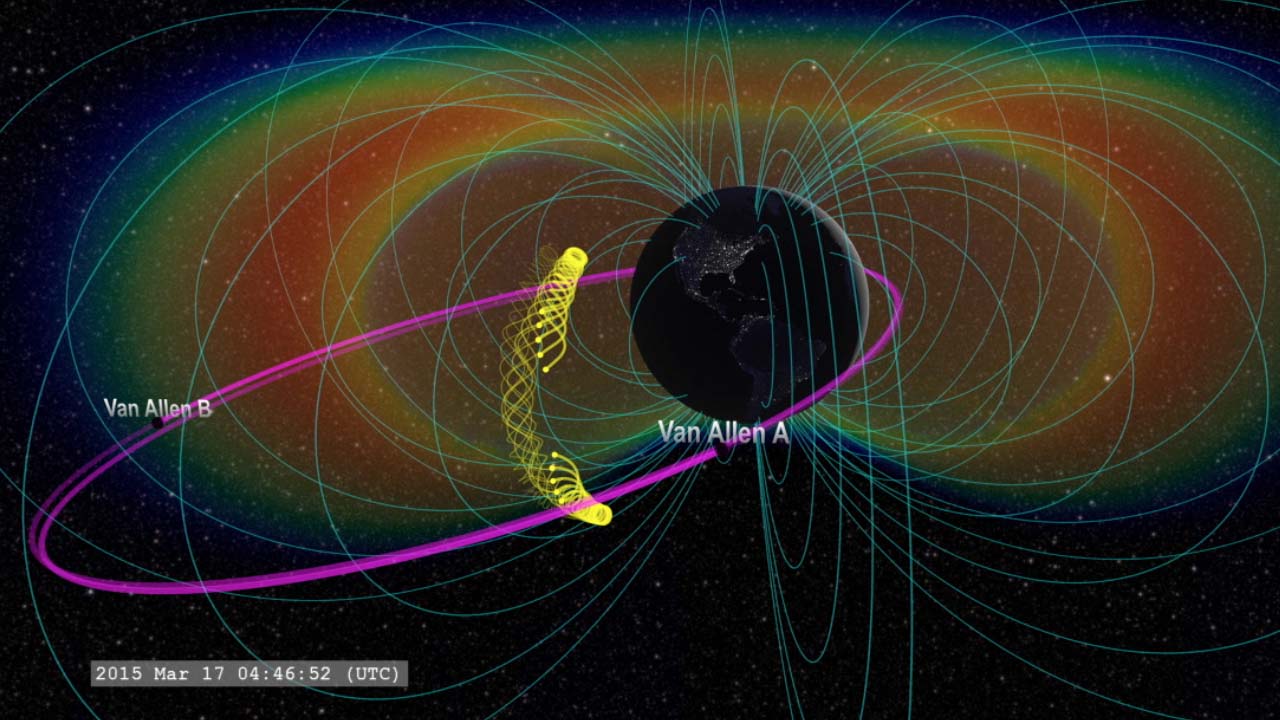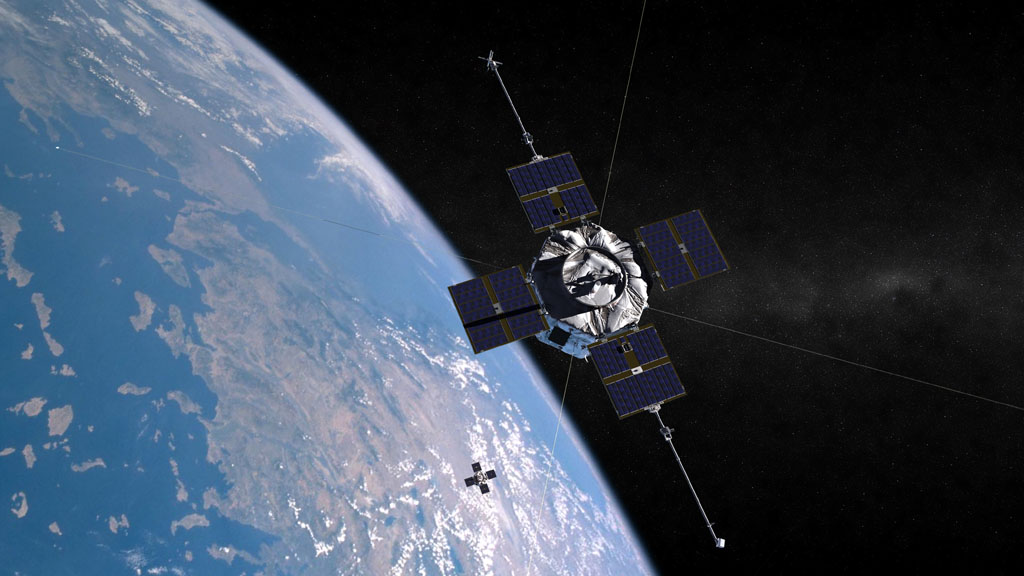NASA's Mission Through Dangerous Space Is Going Out in Style
B-roll for Van Allen Probe Live Shot. Answers the following suggested questions:
You may think space is empty, but there is a lot there that we can’t see. What are space weather and radiation belts?
How do you observe the radiation belts?
A new radiation belt was discovered several years ago. Tell us about that discovery.
Can you tell us about the final mission that the Van Allen probes are going on?
How do radiation belts affect space travel, astronauts and the space station?
Where can we learn more?
NASA’s probe to understand a mysterious region around Earth is coming to an end. After a six and a half year long journey, the Van Allen Probes are going on one last mission. THIS WEEK NASA will move its twin Van Allen Probe satellites into a lower orbit as they begins their swan song — their last year to explore the hazardous radiation belts that surround Earth. In addition to providing non-stop observations of this little-explored region, it will act as a real-time experiment of how elements in the atmosphere can cause instruments to degrade in space.
The Van Allen Probes launched in 2012 to explore the twin radiation belts around Earth; their mission had been expected to end in 2018. Unexpectedly resistant to the high-energy radiation coursing through the region, the spacecraft were hardy enough that — with some savvy fuel conservation — the mission could be extended another year. By studying the doughnut-shaped rings of radiation and how well spacecraft can survive there, NASA can better understand how radiation affects astronauts and technology sent into space. Join NASA scientists from 6:00 a.m. to 12:00 p.m. EDT on Tuesday, February 12, to learn about the Van Allen Probes’ final operation.
To schedule an interview, fill out THIS FORM
satellite coordinates
HD Satellite Coordinates for G17-K24/Lower:
Galaxy 17 Ku-band Xp 24 Slot Lower| 91.0 ° W Longitude | DL 12171.0 MHz | Vertical Polarity | QPSK/DVB-S | FEC 3/4 | SR 13.235 Mbps | DR 18.2954 MHz | HD 720p | Format MPEG2 | Chroma Level 4:2:0 | Audio Embedded
Interview Location: NASA Goddard Space Flight Center in Greenbelt, Maryland.
Questions? Contact michelle.z.handleman@nasa.gov or 301-286-0918.
Canned interview with NASA scientist Dr. Nicky Fox looking off camera. Soundbites are separated by slates.
Canned interview with NASA scientist Dr. David Sibeck. Soundbites are separated by slates.
Canned interview with Dr. Nelli Mosavi, project manager for the Van Allen Probes at the Johns Hopkins University Applied Physics Laboratory in Maryland. Soundbites are separated by slates.
Van Allen Probes animation
For More Information
Credits
Please give credit for this item to:
NASA's Goddard Space Flight Center
-
Producers
- Courtney A Lee (NASA/GSFC Higher Education)
- Michelle Handleman (USRA)
- Kaliah Hobbs (GSFC Interns)
-
Editor
- Michael Randazzo (Advocates in Manpower Management, Inc.)
Release date
This page was originally published on Monday, February 11, 2019.
This page was last updated on Wednesday, May 3, 2023 at 1:46 PM EDT.

